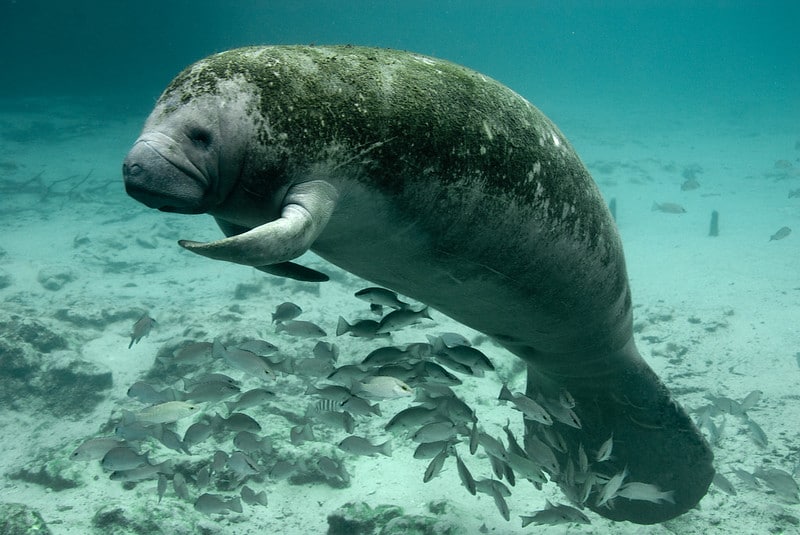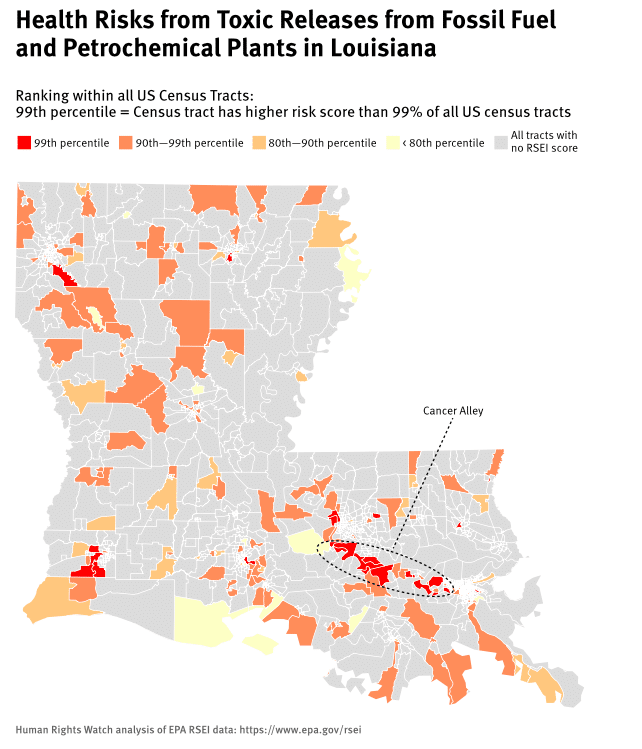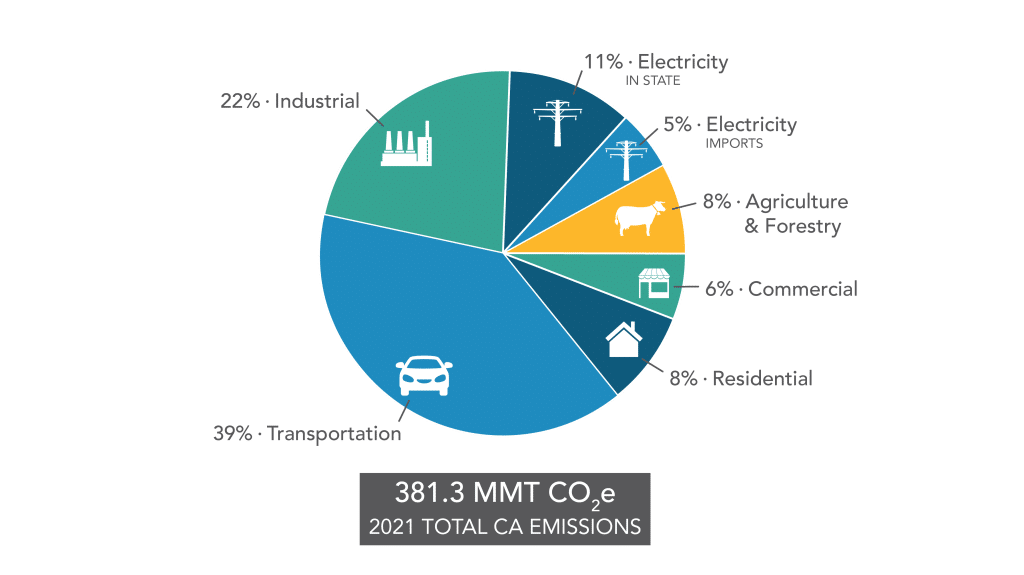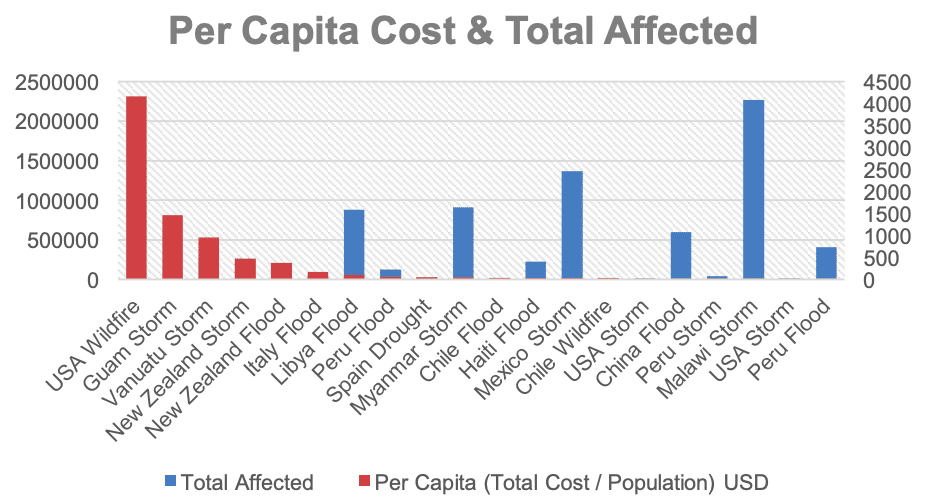The top 10 countries for annual economic loss from extreme weather events cover all but two continents – Antarctica and Africa.
—
The Philippines and the US pay the highest annual price from climate change-driven extreme weather events in relation to their gross domestic product (GDP), a new assessment has found.
According to Zurich-based reinsurance company Swiss Re’s latest report “Changing climates: the heat is (still) on”, the combination of four extreme weather events – floods, tropical cyclones (hurricanes and typhoons), winter storms in Europe, and severe thunderstorms – results in an estimated global economic loss of US$200 billion annually.
The analysis, which ranked 36 countries based on the vulnerability of their properties from the intensifying climate crisis, identified the Philippines and the US as the most economically exposed countries to the aforementioned weather hazards today, facing annual economic losses of US$12 billion and $97 billion – or 3% and 0.38% of their GDP equivalent, respectively.
Both places were also found likely to experience hazard intensification in the future, indicating an increase in climate-related economic losses in the coming years and decades. Moreover, the study recognises that the estimated economic loss is only the “lower bound” of all potential losses, given that widespread hazards such as heatwaves were not taken into consideration.
| Rank | Country | Annual economic loss (% of GDP) |
| 1 | Philippines | 3.00% |
| 2 | United States | 0.38% |
| 3 | Thailand | 0.36% |
| 4 | Austria | 0.25% |
| 5 | China | 0.22% |
| 6 | Taiwan | 0.21% |
| 7 | India | 0.20% |
| 8 | Australia | 0.19% |
| 9 | Switzerland | 0.19% |
| 10 | Japan | 0.18% |
According to estimates by the National Oceanic and Atmospheric Administration (NOAA) published last September, the US saw 23 billion-dollar natural disasters in the first nine months of 2023, with combined costs exceeding $57 billion. The figure did not include all major disasters as economic damages from some events were still being assessed at the time of publication. The year prior was the nation’s third-costliest year ever for climate disasters, with a total of 18 major climate disasters collectively racking up $165 billion in damages and claiming 474 lives.
“In general, countries with sizeable insurance protection gaps and where the establishment of loss mitigation and adaptation measures lags the rate of economic growth, are most financially at risk from hazard intensification,” Swiss Re’s analysis read. This includes fast-growing economies like China, Thailand, India, and the Philippines. Nevertheless, developed nations such as Austria, Australia, Switzerland, Japan, Poland, and the Czech Republic also figure on the list, with the latter two believed to face the highest risk of increasing damages from floods through mid-century.
“Climate change is leading to more severe weather events, resulting in increasing impact on economies. Therefore, it becomes even more crucial to take adaptation measures,” said Jérôme Jean Haegeli, Swiss Re’s Group Chief Economist, arguing that “risk reduction through adaptation fosters insurability.”
2023 was the hottest year on record, with global average temperatures at 1.45C higher than pre-industrial levels, partly owing to the return of the El Niño weather pattern. Rapidly unfolding global warming poses significant risks and threats to human health, food security, water availability, biodiversity, and economic development. To cope with the impacts and uncertainties of climate change, countries are racing to adapt to the changing conditions and reduce their vulnerability. However, adaptation faces significant gaps and challenges, such as the lack of finance, technology, and knowledge, as well as the trade-offs and conflicts with other goals and agendas.
“It is easier to have a debate around the benefits of climate adaptation when you see the risks as real economic costs to countries,” he said.
For now, however, climate adaptation is happening slowly, especially in poor countries, which are, historically, the most affected by climate change.
You might also like: Climate Adaptation: Assessing the Progress on the Implementation of the Global Goal on Adaptation























